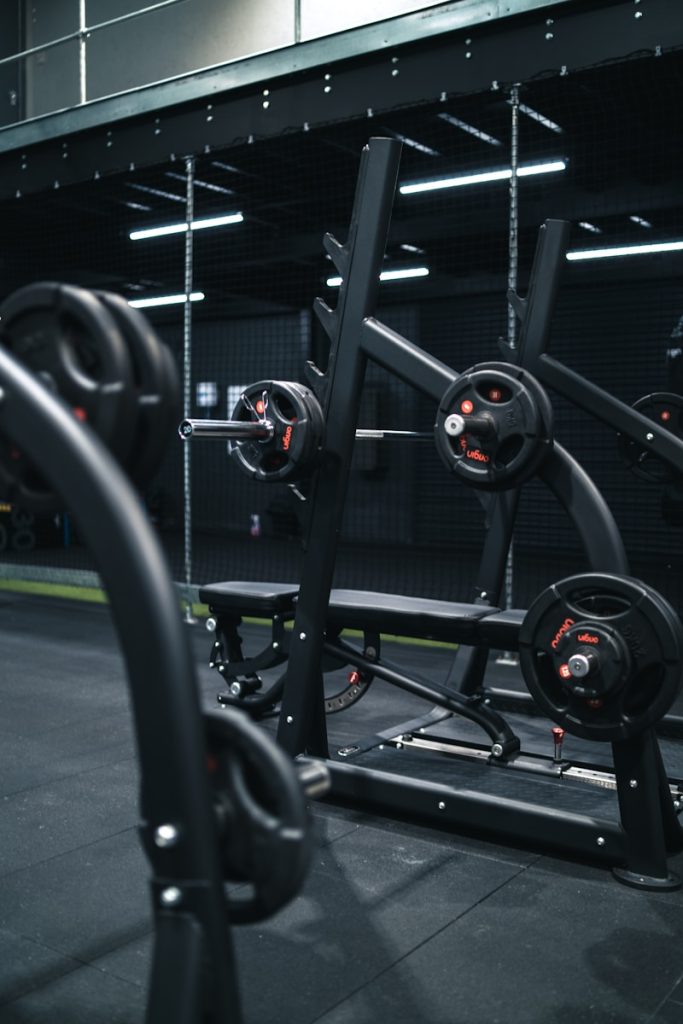Yes, the squat machine works effectively for building lower body strength and targeting muscles like your glutes, hamstrings, and quadriceps, especially when used correctly and consistently. Squat machines are a popular gym tool designed to guide your movement, improve form, and support safe, controlled squats. Understanding how these machines work, their advantages, and their limitations is essential for anyone aiming to optimize leg workouts and avoid injury.
This guide explains exactly how squat machines work, compares them to traditional squats, outlines when to use them, and highlights key pros, cons, and recent research—so you can make the best decision for your fitness journey.

What is a Squat Machine?
A squat machine is a fitness device that assists you in performing squats with a set path of motion, often using weights or resistance. Common types include the Smith machine, hack squat, belt squat, and popular home models like The DB Method. These machines stabilize your body, reduce the need for balance, and help you perform squats safely—making them ideal for beginners, people with injuries, and anyone wanting to isolate certain muscle groups.
Learn more: Different Types of Squat Machines (Strength Warehouse USA)
Do Squat Machines Build Muscle and Strength?
Muscle Activation & Effectiveness
Squat machines do build muscle—mainly in your glutes, quads, and hamstrings—by providing resistance in a fixed motion path. Research published in 2023 shows squat machines can be as effective as free weights for muscle growth, as long as you train to fatigue and use enough resistance (NCBI, 2023).
- Free-weight squats recruit more stabilizer muscles (core, lower back).
- Squat machines provide targeted resistance and reduce form breakdown.
Key data:
A meta-analysis found no significant difference in muscle growth between free weights and machines for lower body training, provided that the exercises are performed with proper intensity.
Benefits of Using a Squat Machine
- Supports Proper Form: The machine’s guided path reduces the risk of poor squatting technique.
- Reduces Joint Strain: Some users, especially those with knee or back pain, find machines easier on the joints (The Everygirl, 2024).
- Great for Beginners: Less intimidating and easier to learn than free-weight squats.
- Isolates Target Muscles: Machines like The DB Method are designed to activate the glutes more and the quads less (Reviewed, 2024).
- Safety: Built-in safety stops and rails can help prevent injury.
- Convenient for Home Workouts: Compact home models fit easily into small spaces.
Drawbacks and Limitations
- Less Core Activation: Because the path is fixed, your stabilizer muscles work less compared to free squats (Tom’s Guide, 2024).
- Limited Functional Strength: Free weights help develop balance and coordination, which machines cannot fully replicate.
- Potential for Form Errors: Relying solely on machines may limit your ability to perform squats correctly without support.
- Cost: Quality home machines (like The DB Method) range from $200 to $400. Commercial gym machines are even more expensive.
Squat Machines vs. Free-Weight Squats
| Feature | Squat Machine | Free-Weight Squats |
|---|---|---|
| Muscle Growth | High, especially glutes/quads | High, including core & stabilizers |
| Injury Risk | Lower (guided movement) | Higher if performed with poor form |
| Skill Needed | Beginner-friendly | Requires coaching/learning curve |
| Functional Strength | Lower | Higher |
| Space Needed | Compact models available | Requires space for weights/barbell |
When Should You Use a Squat Machine?
- If you’re new to squats: Machines are a great way to learn the movement safely.
- When recovering from injury: The guided motion helps avoid putting extra stress on injured areas.
- For glute targeting: Some machines are specifically engineered to maximize glute activation.
- If you want to avoid using a spotter: Machines allow you to squat safely alone.
- For quick, safe home workouts: Foldable models like The DB Method are perfect for small apartments.
Frequently Asked Questions
Is a squat machine as good as squatting with free weights?
Both are effective for muscle growth if you train hard and use proper form. Free weights engage more stabilizers and functional muscles, while machines are safer and easier for beginners.
Can squat machines help if I have knee or back pain?
Yes, many users with joint pain find machines less stressful on the knees and back because they guide your form and reduce risk of misalignment. Always consult a healthcare professional if you have injuries.
How much do squat machines cost?
- Home squat machines: $150–$400 (The DB Method currently retails for ~$329).
- Commercial gym machines: $1,500 and up.
Should I use both squat machines and free weights?
Yes! For a balanced lower body, alternate between machines and free-weight squats. This approach maximizes muscle activation, safety, and long-term gains.
Conclusion
Squat machines work—and are especially valuable for beginners, those recovering from injury, or anyone looking to isolate the glutes and quads in a safe, guided way. However, they shouldn’t replace free-weight squats if you want full functional strength, core activation, and total lower body development.
Try incorporating both squat machines and free weights into your routine for the best results!
